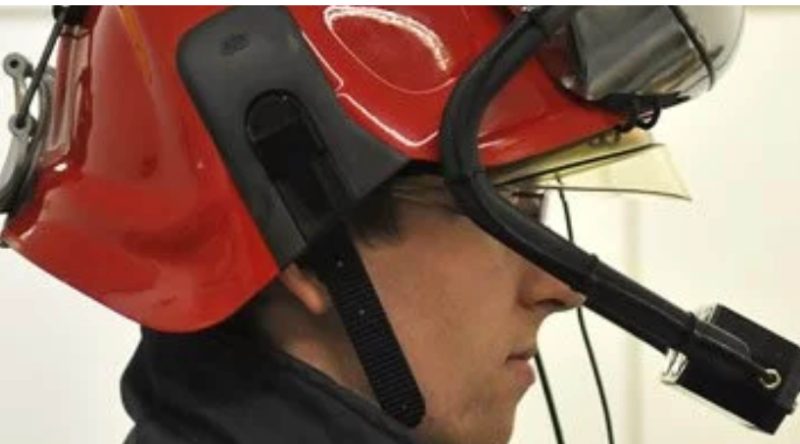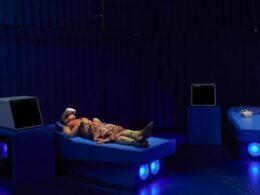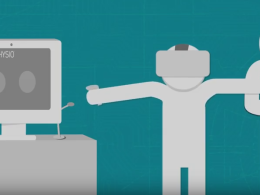Scientists at the Vienna University of Technology have developed a new application for data glasses: In future, a helmet equipped with 3D and infrared cameras will make it easier for firefighters to find their way around during fire operations. The researchers expect further progress from infrared laser beams.
When a house is on fire, no one has time to look for a building plan. So the firefighters don't know exactly what to expect. The new data helmet from TU Wien now provides a remedy. "With the help of 3D cameras on the helmet, we can create a virtual image of the building in real time," explains Hannes Kaufmann, Institute for Software Technology and Interactive Systems at TU Vienna. This 3D model can be sent outside to the incident command, which thus maintains an optimal overview of the situation and can coordinate the firefighters as needed.
The lifeline to the outside
Data transmission can be ensured, for example, via a so-called 'lifeline': In many countries, firefighters are connected to the outside world by a rope when they enter burning buildings, so that they can find their way out again even in difficult conditions. The data cable can also be routed in this rope - this enables a higher data transmission rate and a higher transmission security than would be possible with radio.
The decisive advantage of the new firefighter helmet model is provided by additional infrared cameras: "With them, you can see exactly where there is a lot of heat," says Kaufmann. "And we can show this information directly on the helmet display. For example, if a door is coloured dark red on the helmet display, then it's hot there and you'd better stay away." The reality that is visible to us is thus enriched with additional information - this is called augmented reality. The thermal image can also help to find people who need to be rescued.
Infrared laser beams are supposed to bring a further improvement: In contrast to visible light, infrared beams penetrate even the densest smoke and can thus provide orientation even when you would otherwise not be able to see anything.
Research is still underway to determine how much information can actually be absorbed in such a stressful situation: If too much data is presented, firefighters could be overwhelmed and miss important information.
"We have already tested the system," Kaufmann reports. "The 3D model we were able to generate should be more than sufficient for a fire brigade operation. The infrared sensors make it very clear where people are still in the room." The data helmet should not only make the lives of firefighters safer - it also increases the chance of fire victims being rescued in an emergency.
Source: computer-automation.









